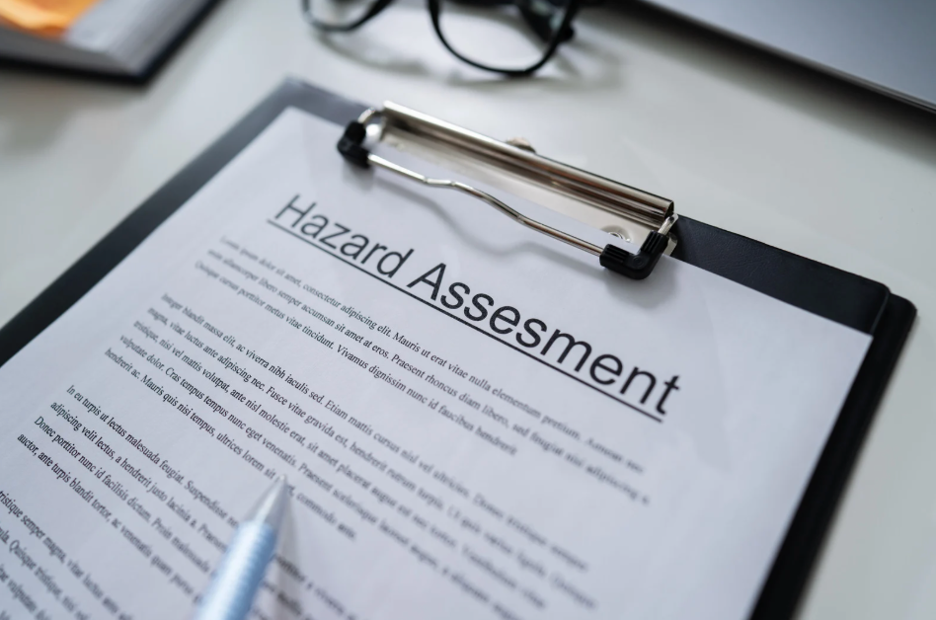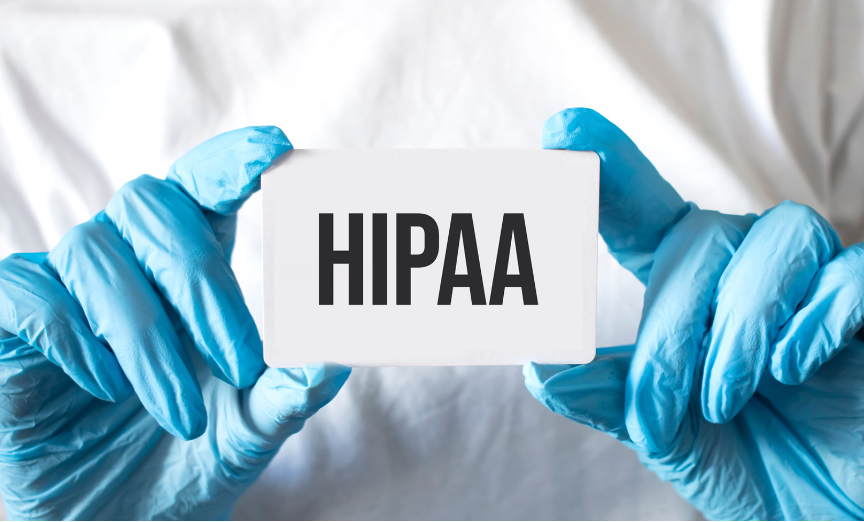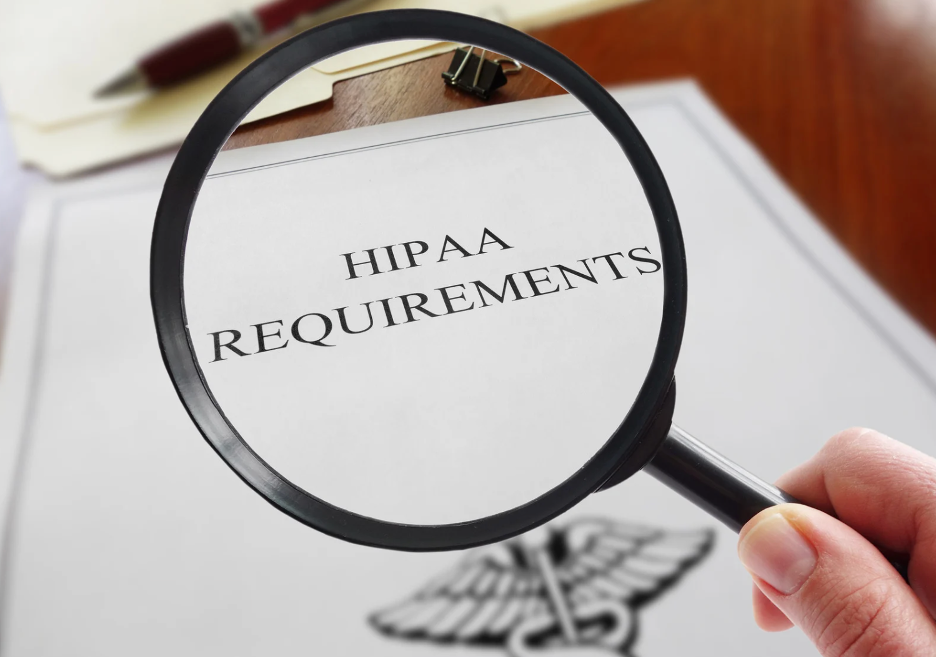Hazard Assessments in Healthcare Facilities are Required
OSHA mandates that employers conduct Hazard Assessments to assess the workplace and determine whether hazards are present or likely to be present—a foundational step for ensuring safe environments. This includes a variety of hazards: chemical, biological, ergonomic, physical, and more.
In healthcare facilities, such assessments must also be tailored to occupational hazards unique to this sector—like bloodborne pathogens, ergonomic risks from patient handling, infectious diseases, and workplace violence.
Key Elements of Proper Hazard Assessments
A thorough facility hazard assessment in healthcare should include:
- Use of Safety Checklists: Covering general housekeeping, slip/trip/fall risks, electrical safety, equipment integrity, and emergency preparedness.
- Health Hazard Identification: Review chemicals (via SDS), noise, heat, radiation, infection control, sharps, allergenic agents, and ergonomic stressors like lifting or repetitive tasks.
- Safe Patient Handling Focus: High-risk areas should be assessed for musculoskeletal injuries. Implementing assistive equipment and planning patient-handling procedures are critical.
- Incident Investigation: Analyze injuries, near-misses, or complaints to identify unseen hazards and root causes.
- Written Certification (Where Applicable): Under 29 CFR § 1910.1030 (c) (2) and 1910.132 (d), employers must certify the hazard assessment in writing—stating the workplace evaluated, assessor identity, and date.
Practical Steps for Healthcare Employers
Here’s a step-by-step guide to implementing effective hazard assessments:
- Assemble a Multidisciplinary Team: Include administrators, clinical staff, safety experts, and frontline workers to garner comprehensive insight.
- Gather Data: Use SDS, past injury logs, medical reports (appropriately redacted), surveys, job safety analyses, and inspection findings.
- Conduct Walkthroughs: Observe real operations—patient handling, PPE use, chemical handling—and capture associated risks.
- Document Findings: Include what was assessed, who performed the assessment, when, and summary of findings—mirroring the PPE certification approach.
- Implement Controls: Prioritize based on risk severity—engineering controls (lift equipment), administrative/work practice controls (workflow redesign), and PPE.
- Review and Reassess Periodically: After changes to operations, equipment, or following incidents, update your assessments accordingly. Employee training should always begin with the review of initial assessments and incorporate any necessary updates throughout the process.
Why This Matters for Healthcare Safety
- Protect Workers and Patients: Proactive identification of hazards—especially around patient handling and infectious risks—prevents injuries and ensures safe care delivery.
- Fulfill OSHA Obligations: Even when not tied to a specific standard (e.g., violence prevention), facility-wide hazard assessments help meet the OSHA General Duty Clause requirement to provide a safe workplace.
- Support Broader Safety Management Systems: Hazard assessments are integral to a Plan–Do–Check–Act (PDCA) cycle in safety programs, improving continuous safety performance and culture.
- Plan: Define safety goals, structure, hazards, risks, and needed resources.
- Do: Systematically implement plans and procedures.
- Check: Monitor, measure, and review effectiveness.
- Act: Make corrections and update the safety and health management system and the organization’s goals and objectives as needed.
Final Takeaway
Facility hazard assessments are non-negotiable in healthcare—they are essential for uncovering hidden risks, guiding preventive actions, and ensuring ongoing safety compliance. Whether for PPE, patient handling, infection control, or general workplace safety, each assessment builds the foundation for a resilient, safe healthcare environment.
Need help developing an OSHA compliance plan for your medical or dental practice? Medsafe can help. Contact us today to schedule a consultation or safety audit.
Additional Resources:



